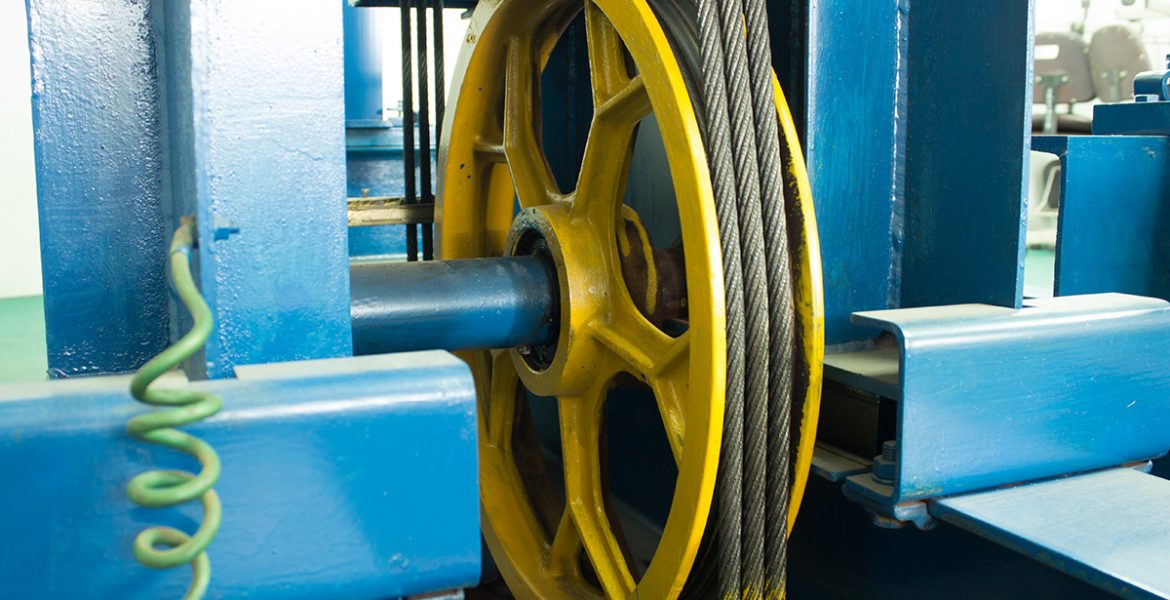Expert Lift Engineer Course: Educating for Top Lift Repair Companies Near Me
Expert Lift Engineer Course: Educating for Top Lift Repair Companies Near Me
Blog Article
Comprehensive Overview to Lift Systems and Their Upkeep
Browsing the complex world of lift systems and their upkeep is a job that demands precision and understanding. From the different kinds of lift systems being used to the thorough adherence to safety guidelines, the maintenance of these vertical transport gadgets is a diverse venture. As buildings skyrocket higher and modern technology advancements, the requirement for a detailed understanding of lift systems ends up being progressively vital. Join us as we untangle the complexities of lift maintenance, checking out common problems, best methods, and sophisticated innovations that form the modern landscape of upright transport.
Kinds Of Lift Equipments
The most common types include hydraulic lifts, grip elevators, machine-room-less elevators, and vacuum cleaner lifts. Hydraulic elevators are suitable for low-rise structures and make use of a hydraulic piston to move the lift automobile. Machine-room-less lifts are a space-saving alternative as they do not require a separate machine space for the lift equipment.
Each kind of lift system has its own advantages and drawbacks, making it important for building owners and programmers to carefully consider their details demands before choosing one of the most appropriate choice. Variables such as developing height, area accessibility, energy performance, and budget plan constraints all play a considerable role in determining the ideal elevator system for a specific structure.
Typical Maintenance Concerns
Regular upkeep of lift systems is essential to guarantee smooth procedure and extend their life expectancy. In spite of routine upkeep, elevator systems can still encounter common upkeep concerns that require to be immediately dealt with to avoid interruptions in service. Normal examinations and aggressive upkeep can help determine and solve these typical maintenance concerns prior to they intensify and impact the total efficiency of the elevator system.
Safety And Security Rules and Compliance
Sticking to stringent safety and security guidelines and making sure compliance with sector requirements are critical for maintaining the functional stability of elevator systems. Elevators undergo a thorough set of safety and security policies to safeguard passengers, maintenance workers, and the basic public. Regulative bodies such as the Occupational Security and Wellness Management (OSHA) in the USA and the European Lift Association (ELA) in Europe develop standards that cover various facets of lift layout, installment, maintenance, and procedure.
Compliance with these policies is not just a legal demand but likewise an ethical obligation for structure proprietors and elevator maintenance firms. Failing to satisfy safety and security standards can lead to penalties, lawful obligations, and, most notably, jeopardize the security of people making use of the lift. Normal assessments, upkeep checks, and adherence to safety procedures laid out in the regulations are vital to ensure the safe and effective procedure of lift systems. By focusing on safety policies and compliance, stakeholders can maintain the depend on of the you can check here general public my blog and mitigate potential dangers related to elevator use.
Ideal Practices for Maintenance

An additional vital finest method is to quickly deal with any uncommon sounds or documented issues to stop more damages. Executing a proactive strategy to upkeep can save time and money in the future by staying clear of pricey repair services or replacements. Structure owners should also consider purchasing modernization upgrades to boost the effectiveness and security of their elevator systems. By adhering to these finest practices, lift systems can operate efficiently and safely, giving trusted vertical transport for residents.

Advanced Technologies for Effectiveness
Executing cutting-edge modern technologies in lift systems can considerably enhance functional efficiency and guest experience. These systems enable guests to input their preferred floor prior to entering the elevator, which then directs them to the most efficient vehicle.
Additionally, the combination of wise sensing units and anticipating upkeep capabilities has transformed lift upkeep. These sensing units can spot potential concerns before they rise, allowing aggressive upkeep treatments and reducing downtime. In addition, the use of regenerative drives and energy-efficient components helps in reducing power intake and operating expense in lift systems.
In addition, the application of cloud-based monitoring and remote diagnostics permits real-time tracking of lift efficiency and prompt troubleshooting of any type of breakdowns. This aggressive approach not only enhances system integrity but also improves the total user experience by making certain smooth and undisturbed lift operations.
Conclusion
In final thought, recognizing the various kinds of elevator systems, common maintenance problems, security guidelines, finest maintenance methods, and advanced innovations for effectiveness is critical for ensuring the smooth operation of elevators. By adhering to safety regulations and implementing best practices for upkeep, structure owners can prolong the life expectancy of their elevator systems and guarantee the security of travelers. It is very important to remain updated on the most up to date developments in elevator technology to boost performance and integrity.
The most typical types include hydraulic lifts, grip navigate to this website lifts, machine-room-less elevators, and vacuum cleaner lifts. Hydraulic lifts are perfect for low-rise buildings and make use of a hydraulic piston to relocate the elevator automobile. Machine-room-less elevators are a space-saving option as they do not call for a different device room for the elevator machinery. Regular examinations and aggressive maintenance can help recognize and solve these typical maintenance concerns before they escalate and influence the general performance of the lift system.

Report this page